Hyperhidrosis or excessive sweating
About 3% of the population suffers from hyperhidrosis or excessive sweating. Not only does it cause social, occupational, and psychological discomfort, but it can also lead to alterations in skin health.
SPONSORED BY:


What is hyperhidrosis or excessive sweating?
Focal hyperhidrosis (or also called primary) is a chronic genetic disorder, usually hereditary; generalized hyperhidrosis (or secondary) can be linked to certain diseases such as diabetes, menopause, or anxiety, among others, or can be caused by certain drugs or treatments.
The focal does not cure but the symptoms can be treated to improve the quality of life. Generalized hyperhidrosis can disappear when the pathology is treated. Both types can be treated.
Hyperhidrosis is usually gets worse in hot weather. And that is when many patients are encouraged to seek a quick solution, increasing the number of consultations in aesthetic medicine clinics.
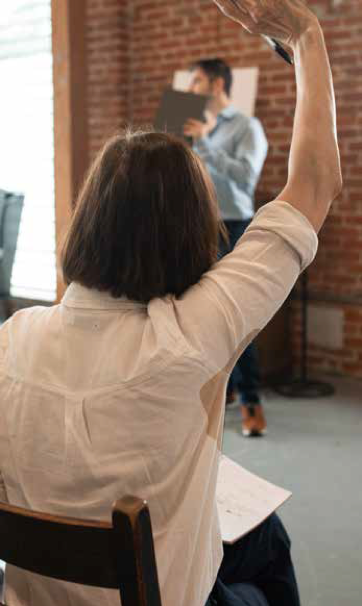
How to treat focal hyperhidrosis?
There are aluminium salt deodorants that reduce the sweat gland ducts, blocking the outflow of sweat. For certain specific cases with hyperhidrosis of recognized origin, medication may be useful. If these options do not solve the problem, the patient can also be treated with other therapies such as:
Iontophoresis: often used for palmar and plantar hyperhidrosis. Hands or feet are placed in a shallow tub of tap water. A special device emits a low electric current through the water, blocking the sweat glands over time. Each treatment lasts 10 to 20 minutes. Several sessions may be needed.

Microwave therapy: This is a high-tech device (called MiraDry® ) that is placed on the affected area. The device emits thermal energy (heat), which destroys the sweat glands permanently. The therapy can last about 40 minutes to an hour or so. It is a slightly painful technique that may require the administration of local anaesthesia in the treated area.
Botulinum Toxin (Botox): they manage to interrupt the hyperactivity of the sweat glands when injected into the affected area. Any of the areas can be treated. The session lasts about 20-40 minutes, and the results are maintained between 5 and 9 months, depending on the patient’s metabolism.
Endoscopic thoracic sympathectomy: It is the surgery of the nerves that control sweating. It is only indicated when medical treatment has failed, or the results are not as expected. It does not require hospitalization and will be applied to the most severe cases.
EIMEC BARCELONA
Carrer del Dr. Aiguader, 14-16, 08003 Barcelona
EIMEC MADRID – GRUPO-THUBAN
Av. de Brasilia 3-5, Madrid
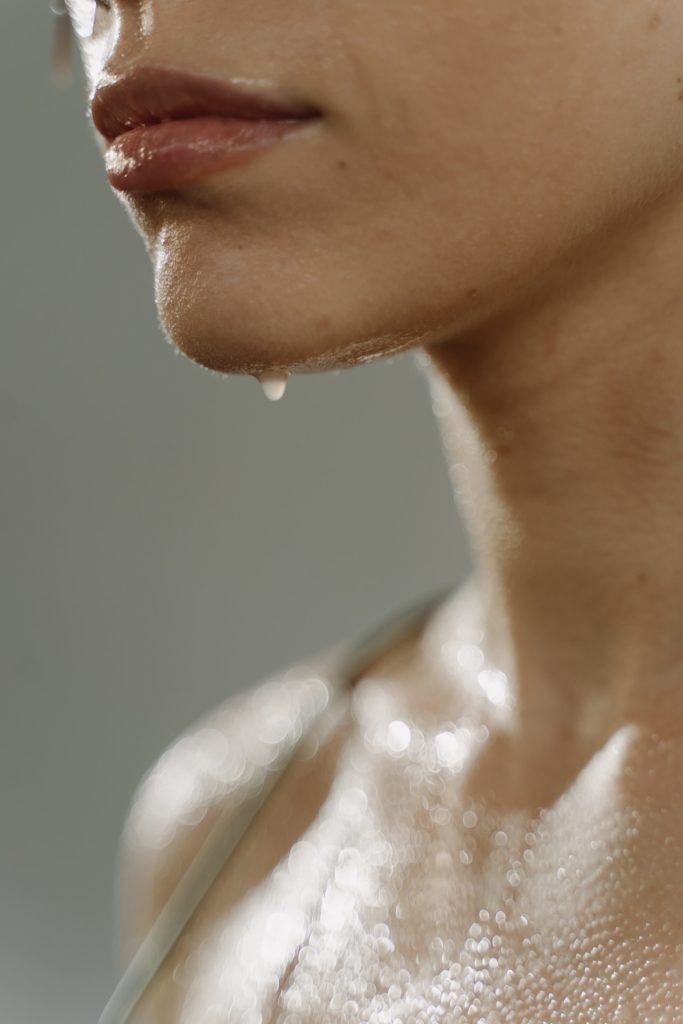
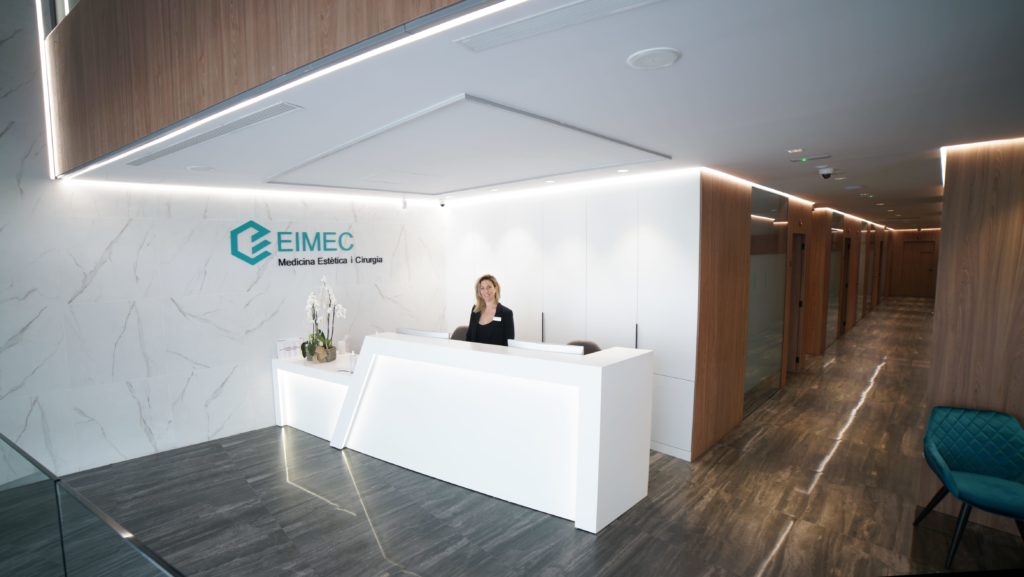
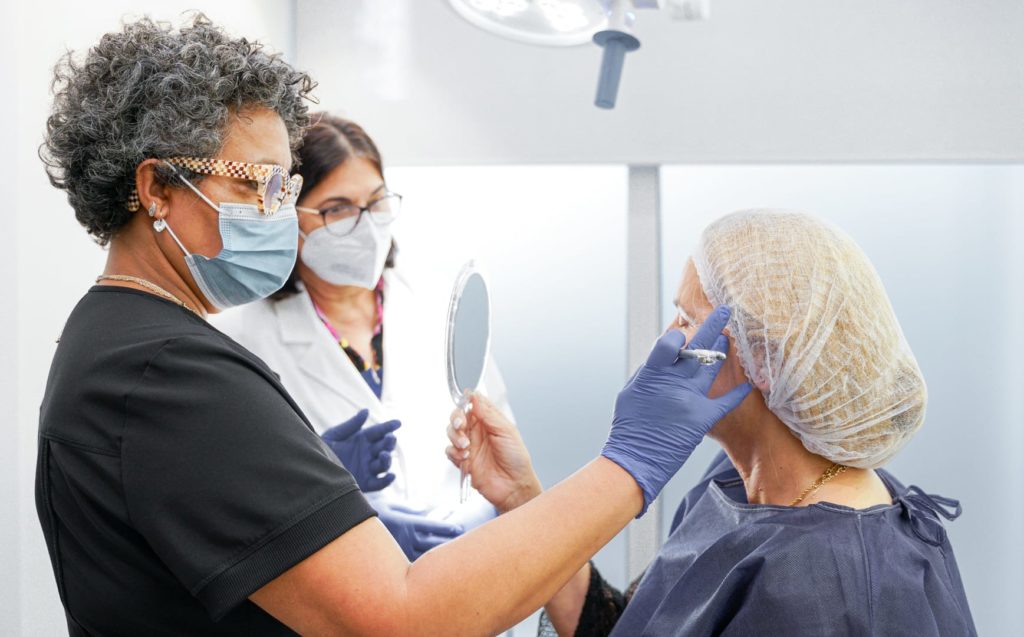
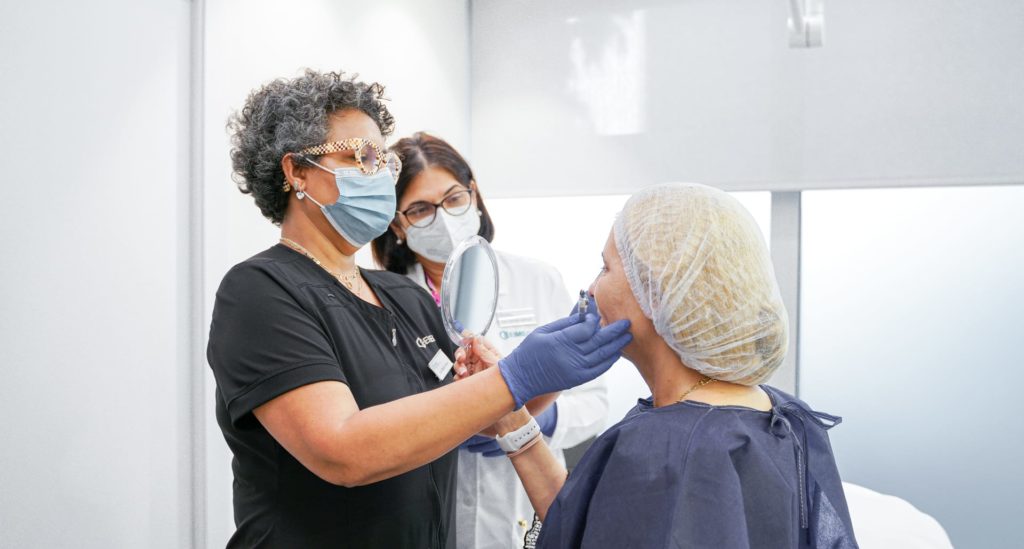
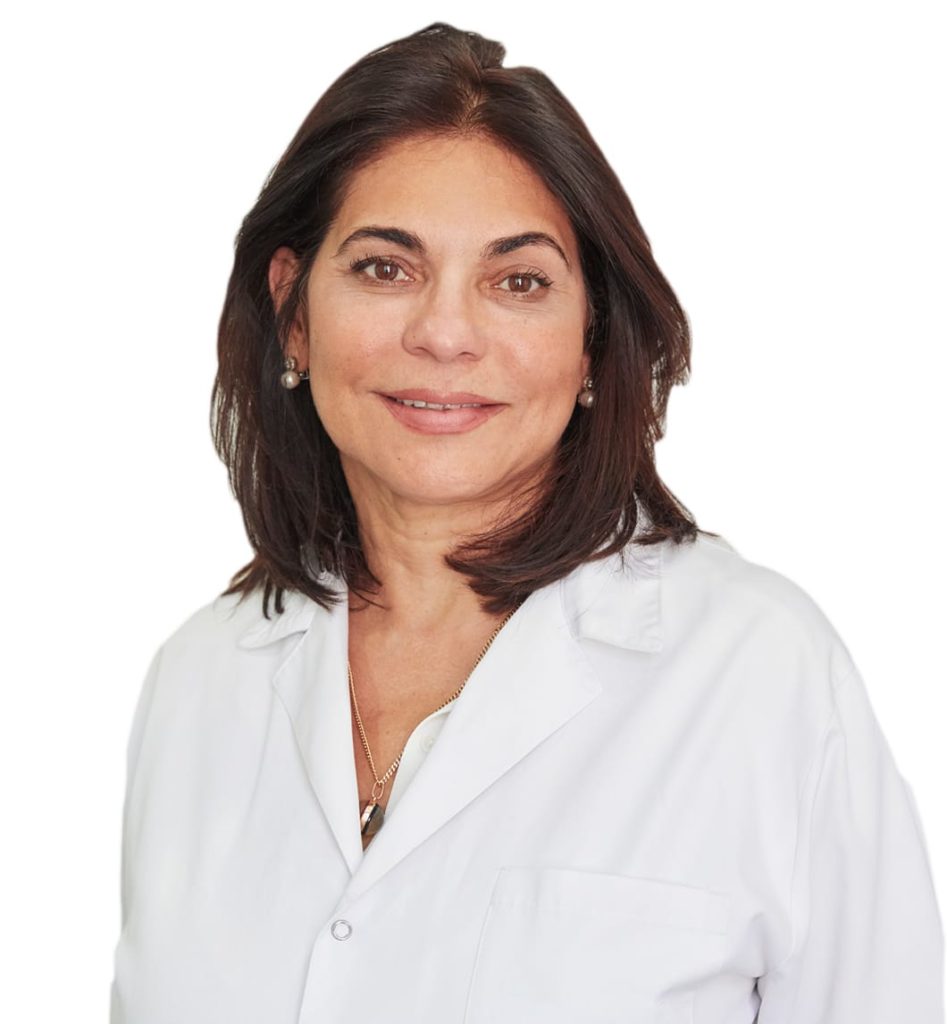
Dra. Zainela Laborde
- Degree in Medicine and Surgery. Postgraduate in Aging Medicine, Autonomous University of Barcelona (UAB). Postgraduate in Clinical Bases in Cosmetic Medicine and Surgery, Autonomous University of Barcelona (UAB).
- Founder and director of the International School of Aesthetic Medicine and Surgery (EIMEC). Medical Director of the Aesthetic Medicine Unit of Sanitas Barcelona.
- Founder and director of the Aesthetic Medicine Clinic EIMEC CLINIC Barcelona.
- Speaker at several international congresses and lecturer in courses of Aesthetic Medicine.
- Full member of the Spanish Society of Cosmetic Medicine and Surgery (SEMCC).
- Member of the Academy of Complementary Therapies and Medicines Foundation.
- Participated in research projects, biotechnological development and clinical trials of new molecules that benefit skin health.
